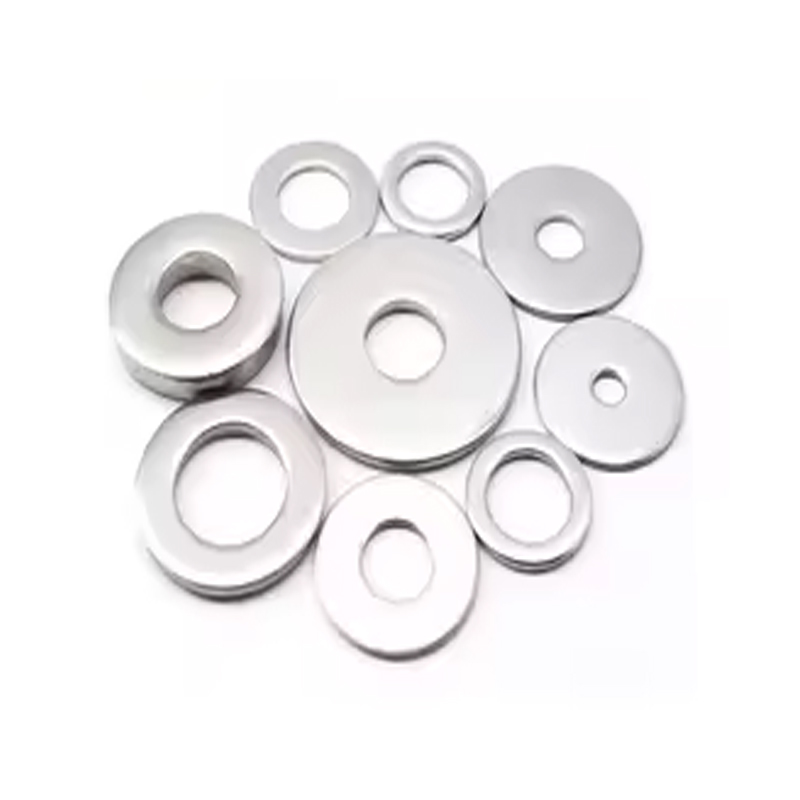rear axle drive shaft seal
Understanding Rear Axle Drive Shaft Seals Importance, Functionality, and Maintenance
The rear axle drive shaft seal is a critical component in the drivetrain system of vehicles, particularly those equipped with rear-wheel or four-wheel drive. This seal plays a vital role in ensuring the efficient operation of the vehicle by preventing fluid leaks, maintaining lubrication, and protecting the differential and axle assembly from dirt and debris. In this article, we will delve into the importance, functionality, and maintenance of rear axle drive shaft seals.
Importance of Rear Axle Drive Shaft Seals
Drive shaft seals are engineered to keep lubricants contained within the axle assembly. These lubricants reduce friction between the moving parts, ensuring smooth operation of the drive shaft and differential. Without proper sealing, oil can leak out, leading to inadequate lubrication, increased wear, and potential failure of the components involved. This can result in costly repairs and decreased vehicle reliability.
Moreover, the seal helps prevent external contaminants such as dirt, dust, and water from entering the axle assembly. These contaminants can accelerate wear and tear on internal parts, leading to possible catastrophic failures. Thus, a well-functioning rear axle drive shaft seal is crucial for the longevity of the vehicle's drivetrain system.
Functionality of Rear Axle Drive Shaft Seals
The primary function of a rear axle drive shaft seal is to provide an effective barrier that prevents lubricants from leaking out of the axle housing
. Typically made from durable rubber or silicone materials, these seals are designed to withstand extreme temperatures and pressures.As the vehicle operates, the drive shaft rotates, and this motion creates various forces acting upon the seal. A properly installed and functioning seal will maintain its position, ensuring that lubricants remain in the axle and contaminants stay out. If the seal is compromised, either due to wear or installation errors, it can lead to leaks.
rear axle drive shaft seal

Additionally, many seals are equipped with integrated spring designs that help maintain continuous contact with the drive shaft. This contact is essential in minimizing the potential for leaks, even under varying driving conditions.
Maintenance of Rear Axle Drive Shaft Seals
Regular maintenance of rear axle drive shaft seals is crucial to ensure their optimal performance. Vehicle owners should routinely inspect the seals for signs of wear, such as cracks or deformation. It is advisable to check for any signs of fluid leaks around the axle housing—this may indicate a failing seal that requires immediate attention.
When replacing a drive shaft seal, cleanliness is vital. Contaminants introduced during installation can compromise the effectiveness of the seal. It’s essential to ensure that the installation surface is clean and free of debris.
Additionally, it is critical to use the correct type of seal designed specifically for the vehicle model. Incorrect seals may not fit properly or could have different material properties that may fail under operating conditions.
Furthermore, monitoring lubricant levels in the differential and axle assembly can help in identifying potential seal failures. Low fluid levels can indicate a leak, which, if not addressed promptly, could lead to serious mechanical problems.
Conclusion
In summary, the rear axle drive shaft seal serves as an essential safeguard in a vehicle's drivetrain system. Its ability to contain lubricants while keeping contaminants at bay is vital for the longevity and performance of the rear axle assembly. Regular inspection and maintenance can help identify issues early on, preventing extensive repairs and ensuring a smooth and safe driving experience. Vehicle owners should prioritize the upkeep of this often-overlooked component to maintain their vehicle's reliability and performance on the road.
-
Simplifying Oil Changes: A Comprehensive Guide to Oil Drain Plugs and Their Variants
News Aug.04,2025
-
Mastering Oil Drain Maintenance: Solutions for Stripped, Worn, and Upgraded Oil Plugs
News Aug.04,2025
-
Fixing Oil Pan Plug Issues: Leaks, Stripped Nuts, and the Right Replacement Solutions
News Aug.04,2025
-
Everything You Need to Know About Oil Drain Plugs: Sizes, Fixes, and Upgrades
News Aug.04,2025
-
Choosing the Right Oil Drain Plug: A Guide to Sizes, Materials, and Drain Innovations
News Aug.04,2025
-
A Complete Guide to Automotive Drain Plugs: Types, Problems, and Innovative Solutions
News Aug.04,2025
-
The Ultimate Guide to Car Repair Kits: Tools and Essentials Every Driver Should Own
News Aug.01,2025
Products categories















